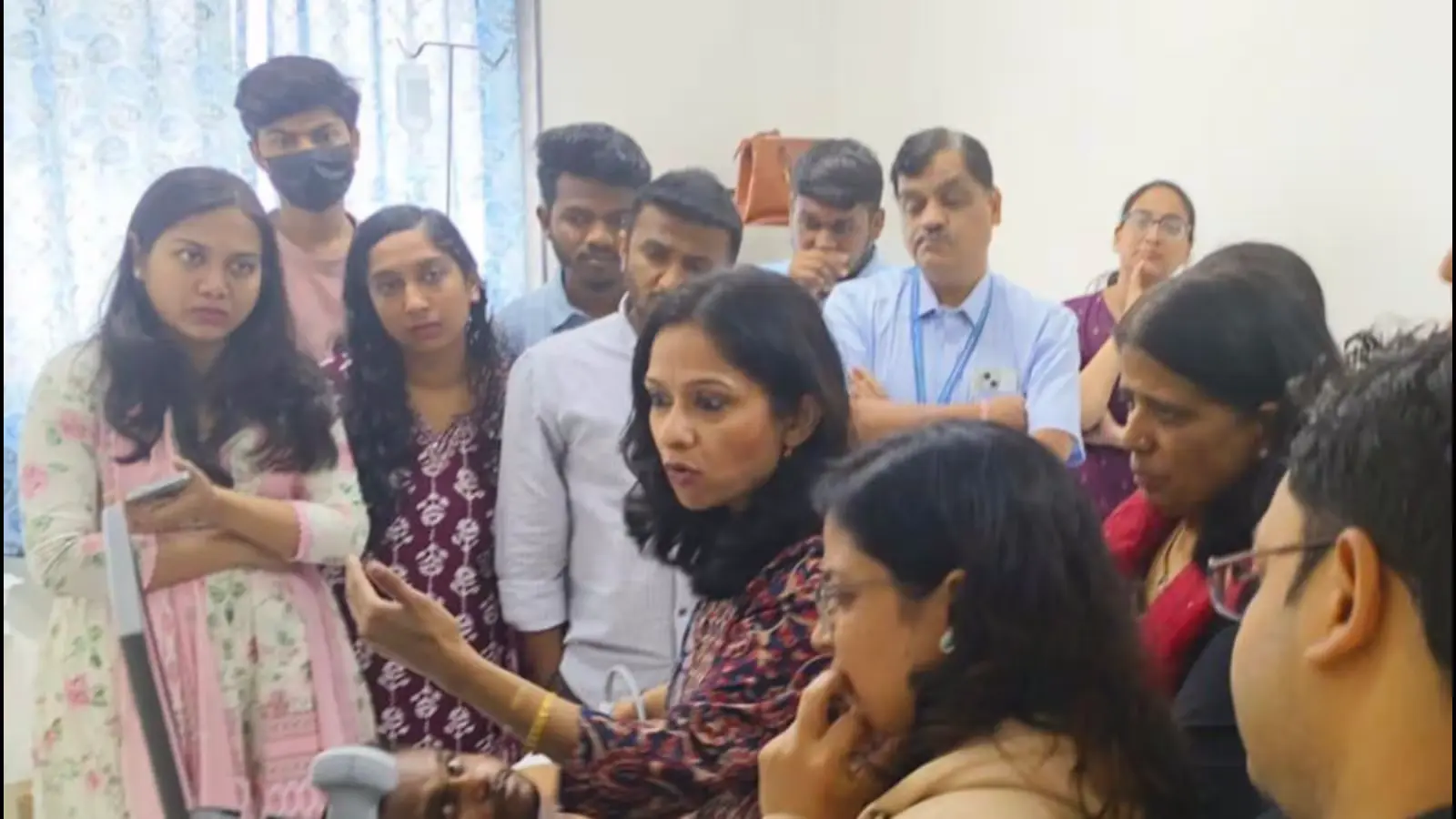India accounts for about one-fourth of the world’s cervical cancers and the highest number of cervical cancer deaths. One in every 53 women in India develops Cervix Cancer (Cervix being the lower part of the uterus at its junction with the vagina). But we take heart with the declining trend of this cancer noted especially in urban population. Poor personal hygiene, multiple sexual partners are some of its causative factors. However public awareness by various bodies / NGOs, including even movies made on menstrual hygiene have impacted positively.
Of-course Cervix Cancer is a preventable and easily treatable condition. We have vaccination against the chief causative factor—the Human Papilloma Virus. A one-time HPV Vaccination (Cervix Cancer Vaccine) for about 90% of all girls by the age of 15 years remains a WHO goal. The HPV (Human Papilloma Virus) vaccine is also advocated in men to prevent genital warts and other cancers, including penile and anal. Screening of women remains a gold standard to identify pre-cancerous state. Cervical smears, also known as PAP smear screening, are a simple test for early detection of Cervical Cancer in women with almost 94% specificity. Other tests include Visual Inspection by Lugol Iodine, Acetic Acid, and Colposcopy.
PAP smears are advocated once every 3–5 years, with or without HPV testing, between the ages of 20–65. A few things to remember to do 2 days prior to your PAP smear testing include not to douche or use any foam or cream or lubricants or vaginal medicines, not to use a tampon and abstinence. PAP smear can be done even during pregnancy and post delivery after 6–8 weeks.
However, often, women come with frank symptoms of cancer. These include inter-menstrual bleed, postmenopausal bleed, post coital- bleed, foul smelling discharge or occasionally back pain and pelvic pain. An out-patient Cervical biopsy usually confirms the diagnosis. Keratinising squamous cell carcinoma is the most common type of cervical cancer and the other being adenocarcinoma.
Treatment planning of Cervix cancer depends on the stage; MRI Pelvis is for local staging and PET CT scan to look for distant spread. If the lesion is in an early stage, then the focus is on local therapies. A very small tumour without lymph node involvement can be treated with surgery based on its size and extent. Surgery planned can be Radical trachelectomy (where only cervix of uterus is removed) or Radical Hysterectomy (where entire Uterus is removed).
Often stage 2 to 4 requires External Beam Radiotherapy (RT) and later Brachytherapy. This involves giving radiation to the part affected by cancer and some surrounding structures. RT techniques have evolved considerably and become more focused thus avoiding surrounding structures and minimising the long term side effects to the urinary bladder and recto-sigmoid colon.
To make the process of RT more effective, radiosensitizers are injected in the veins (concurrent platinum-containing) which also prevents the metastatic spread of the cancer to other parts of the body.
When Cervical cancer has metastasised to non-regional lymph nodes, lungs liver etc then we will administer chemotherapy and biologics to reduce the tumor burden and improve the quality of life and survivorship. There is an emerging role of immunotherapy and newer drugs based on molecular characterization of cancer in the individual by testing the tumour tissue or blood.
For very early-stage Cervical cancer in a young woman who’s keen on retaining her fertility, certain fertility sparing surgeries like Fertility-Sparing Trachelectomy can be used. In fact, cervix cancer is one of the most common cancers detected during pregnancy, besides breast cancer.
After completion of treatment, all women are advised to undergo “surveillance,” which means regular follow up check-ups to make sure that the disease is under control. Along with follow-up, healthy lifestyle, exercise, and diet advice are integral parts of management. Often, a counsellor is involved in the entire course of treatment.
So remember, the best protection is prevention and early detection. Choose a healthy lifestyle and regular screening. Stay healthy and stay strong. Tough girls fight strong !
Dr Niti Raizada is the Senior Director of Medical Oncology and Hemato-Oncology at Fortis Group of Hospitals in Bangalore.






















